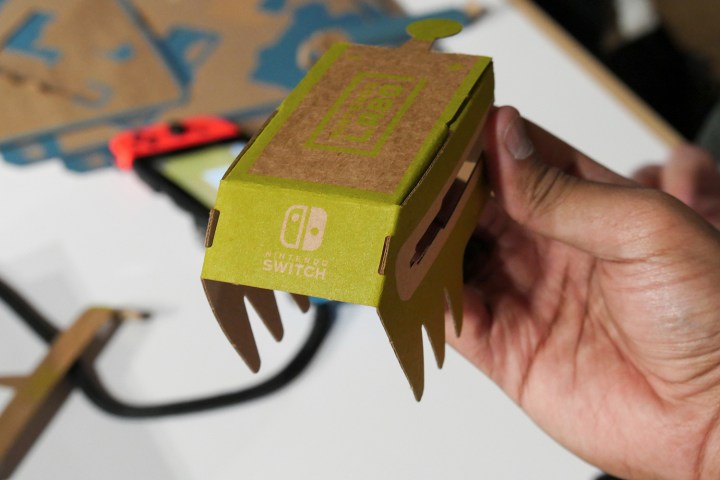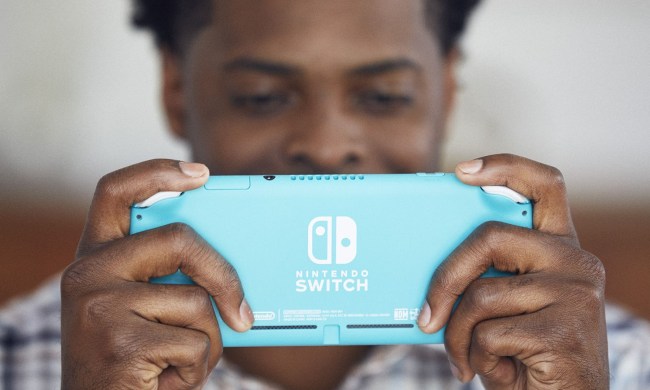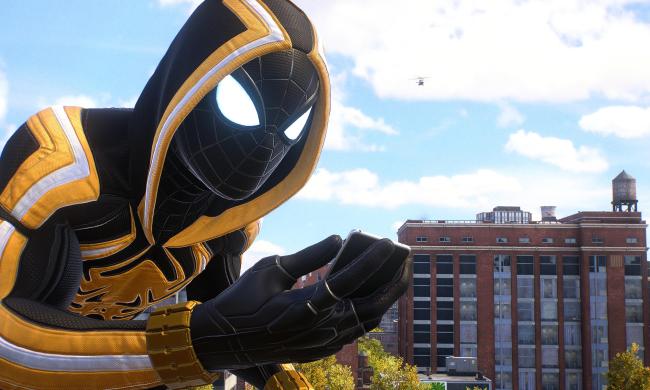
When Nintendo revealed the quirky cardboard Switch experience Nintendo Labo in January, many people wondered, especially those of us with kids, what would happen should one of the kits get damaged or misplaced. After all, the launch kits aren’t cheap. The Variety Kit costs $70 while the Robot Kit is even steeper at $80. With Labo in stores now, rest assured, if something goes awry, replacement parts are available.
Labo replacement parts can be purchased for both the Variety Kit and Robot Kit on Nintendo’s online store. So if your youngster accidentally sits on the RC car or dunks the fishing rod in the bathtub, you won’t have to purchase a whole new Variety Kit (that’d be ridiculous).
Replacement prices for the Variety Kit are as follows:
- RC car: $3
- House: $6
- Fishing rod: $9
- Motorbike: $12
- Piano: $12
Unfortunately, if you need to replace one of the more complex builds such as the fishing rod, the price is a bit deceptive. The fishing rod requires special rubber bands and string which Nintendo sells as a separate accessory pack for $10. You may also need to purchase another reflective sticker sheet for $3.
If you’re doing the math at home, it costs $55 to replace all of the cardboard and parts in the Variety Kit. Hopefully you won’t have to purchase all of them again, but that’s just something to keep in mind when you’re building with your children.
As for the Robot Kit, let’s just hope your jumbo cardboard backpack remains intact. Since the Robot Kit is a standalone unit, replacement pieces are itemized. For instance, it costs $14 to replace the main body but only $6 to replace the straps. To get a completely new assortment of Robot Kit parts, it will set you back $62.
It’s possible that the main issue that will arise won’t be when building or playing, but during storage. After building, especially the oversized Robot Kit, you have to find a good place to store them so that they won’t get damaged.
You can read our hands-on preview of Nintendo Labo here. Over the next couple weeks, we will have extensive Labo coverage, including our full review, building tips, and more.


